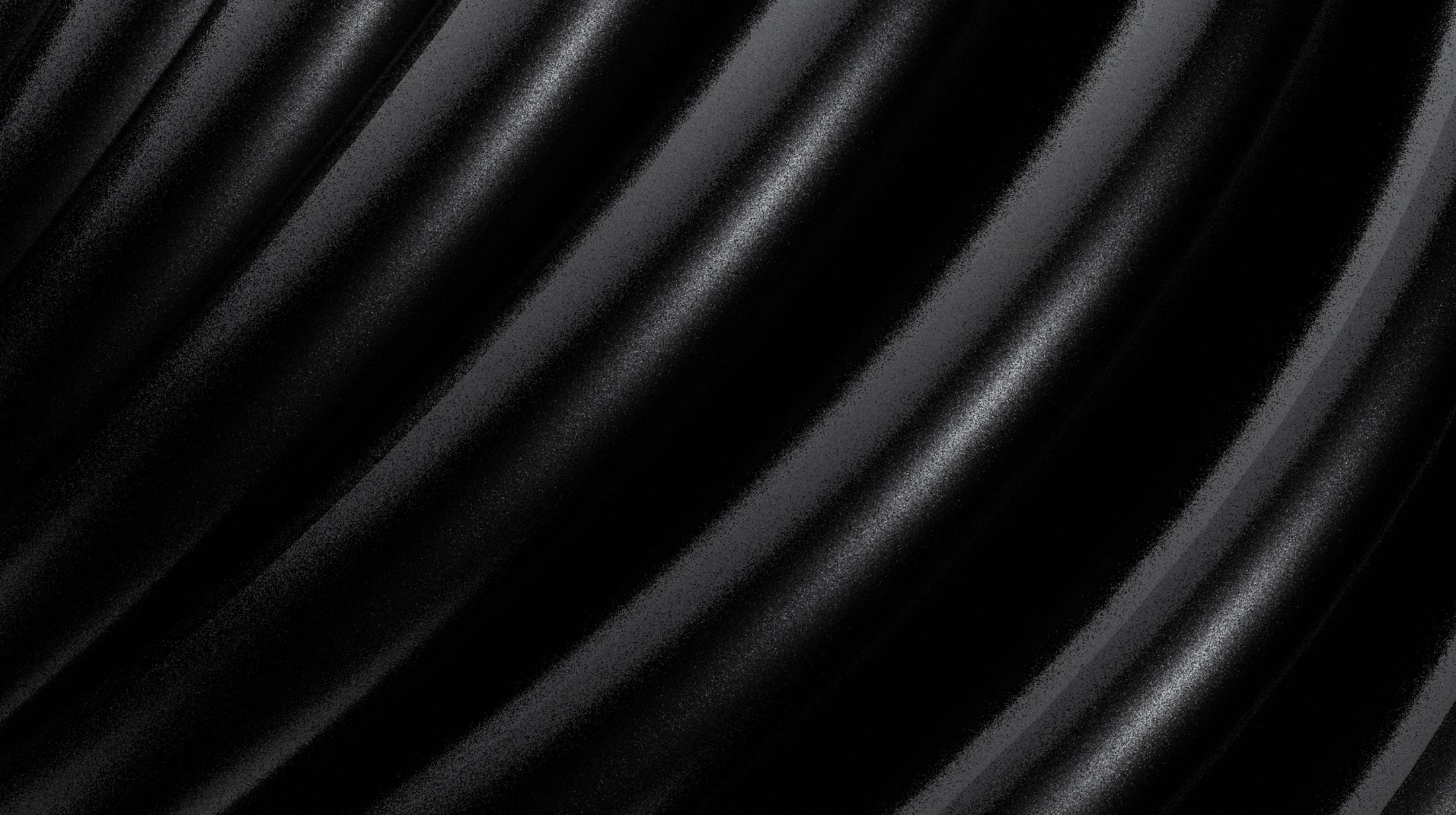
Computer generated imaging is quite the rage now; hence it is not hard to see that it has been used to simulate rhinoplasty results. I have had the opportunity to live through the generation where computer generated imaging was just starting, and a program so expensive that only professionals could afford it it, to the point where surgical simulators are available for free at the App Store on Apple iPhone. Almost all surical patients interested in rhinoplasty now undergo computer imaging to simulate potential results.
History of Computer Imaging
Computer imaging basically describes the use of a computer program to modify an image. Every image you see is the combination of pixels or little dots of color on a surface. Computer imaging programs modify these pixels to alter the image. This is a brief description of what Photoshop does.
Rhinoplasty Imaging
Rhinoplasty has always been one of those procedures where patients have longed to be able to see their proposed surgical results. From the very beginning, photography has been important in rhinoplasty to at least keep records of what patients looked like before and after their rhinoplasty.
After photography really took hold for rhinoplasty, the next hurdle was trying to simulate the potential results using the photograph. When I first started training in rhinoplasty, we used to put a piece of tracing paper over the patient’s photograph and draw the potential surgical result freehand. You had to be a bit of an artist for this kind of imaging. But, it was also a good training tool for us to weed out which residents had an artistic eye and which residents had no artistic vision.
In the mid 1980s the technology developed to be able to bring a color photograph into the computer and soon after software was developed to “Photoshop” the image.
Rhinoplasty Imaging and Simulation
As I explained above, we used to originally place a piece of tracing paper on the patient’s photograph and actually draw the proposed surgical result. For certain patients whose case may be extremely difficult, we sometimes created a clay sculpture of their proposed nose.
The key advantage of this technique was that the patient could actually “see” how much art there is in rhinoplasty. It is not a perfect science. It involves science, technical know-how, but a great portion of the result is determined by the artistic eye. It really made patients appreciate the work that goes into it.
The advent of computer imaging was a huge step forward. The process was neater, more professional looking, and easier to a certain extent. The first programs that performed these kind of simulations were complex and quite expensive.
My first imaging software cost me $10,000. Therefore it was beyond the reach of the average patient to own and image their own nose. Surgeons that were technically good and had an artistic eye could achieve relatively good imaging results on the computer.
Problems with Rhinoplasty Computer Imaging
However, this opened the door for unethical stuff too. Some surgeons would email their photographs overseas to have professional photoshop artists image the nose. The computer opened the gateway for anything is possible on the screen. T
he problem was that what happened on the screen may not actually be attainable in real life. Photoshop artists can give beautiful results that can sell surgery, but those photoshop artists have no idea what cartilage does, what cartilage rigidity is, and how skin thickness affects results.
Where are we now?
Today’s world is a surreal virtual world. We have taken those expensive imaging programs and actually made them free and able to run on a smartphone. I think it is great that patients can image themselves at home. They can “see” what they like, and what they don’t like. But, it has also made it seem that just because it is possible on a screen, it is possible in real life.
I recently purchased a 3D imaging program. I see it as a valuable tool to be able to see the face in 3D. After playing with the program for months, I long for the days of tracing paper.
I know what is capable in real life. I know how bones and cartilage move. I know what scarring does. But I cannot translate all of that onto an image on the screen. Side profile imaging is easy. It is accurate, and very reliable between simulated results and actual post-op result.
Problems with Frontal Rhinoplasty Imaging
Frontal imaging is where the problem lies. The actual frontal result is dependent on skin thickness, cartilage thickness, native curvature of the cartilage, etc. To add to it, computer programs do not understand cartilage and bone. They understand those tiny things called pixels.
On a profile view, we are covering a hump which is tissue-colored pixels with the background, black or blue pixels. The contrast between the two is high and hence, one can “see” the result. On frontal rhinoplasty imaging, the problem area is usually the tip. It needs to be narrowed. However, the imaging programs are either smudging out the details or moving skin colored pixels from one area to another. This creates an image; not necessarily an accurate simulation.
Summary
Imaging is a great tool. It allows us to visualize the proposed surgical result. Understand that it is a picture. It does not actually translate into an exact surgical result. Rhinoplasty is an art. It requires patience, skill, knowledge, and an artistic eye. Use your image as an idea. Realize that your Houston surgeon, Dr. Athre, Is a great Rhinoplasty surgeon. He is not a photoshop artist. Use your image as an idea to discuss your needs, wants, and thought with your surgeon. You know by know that Dr. Athre loves Rhinoplasty. If you ever want to chat nose jobs…call!



